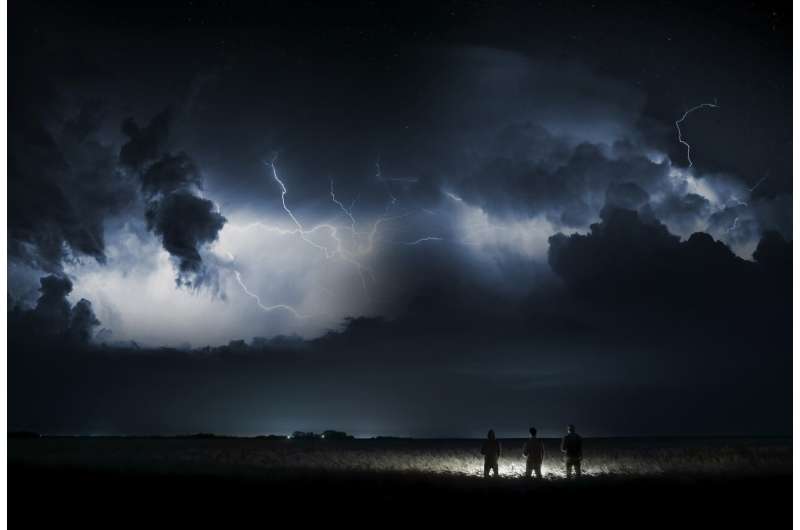
Hurricane Helene caused deadly and destructive flooding when it swept through the Southeast on Sept. 26–29, 2024. Across a broad swath of western North Carolina, where the worst flooding occurred, the amount of rainfall exceeded levels that would be expected on average only once every 1,000 years.
But this wasn’t the first 1,000-year rainstorm in North Carolina this year. In mid-September, an unnamed slow-moving storm produced more than a foot of rainfall closer to the Atlantic coast. This storm inundated areas that had already been drenched by Tropical Storm Debby in August.
North Carolina and South Carolina, which are frequently affected by hurricanes and tropical storms, have seen numerous extreme rainfall events in recent years. They include record-setting rainstorms in October 2015 in South Carolina; Hurricane Matthew in 2016; Hurricane Florence in 2018; the aforementioned nameless storm in September 2024; and now, Hurricane Helene.
In fact, since 2002, the three U.S. storms that have dropped 1,000-year magnitude rainfall on the largest areas have all hit the Carolinas: the October 2015 storm, Florence and Helene.
Why have so many storms that, historically and statistically, should be exceedingly rare, struck the Carolinas in just a few years? There are two main reasons, which are related.
First, estimating the probability of rare events requires increasingly large amounts of data. As more storms occur and more data is collected, the estimates get more robust. Given that reliable rainfall measurements only extend back about 100 years, the true probability of this much rain in the Carolinas may have been underestimated up until now.
Second, these statistics assume the climate isn’t changing, but we know that it is. Especially in regions near the coasts, the frequency of heavy rainfall has increased as a result of human-caused climate change. Warmer air can hold more moisture, and warmer oceans provide that moisture as the fuel for heavy rainfall.
As a result, climate change is making rainstorms that had been extremely rare now somewhat more likely. While the Carolinas may have been especially unlucky in recent years, the dice are also becoming loaded toward heavier rain—a trend that poses major challenges for emergency preparedness and recovery.